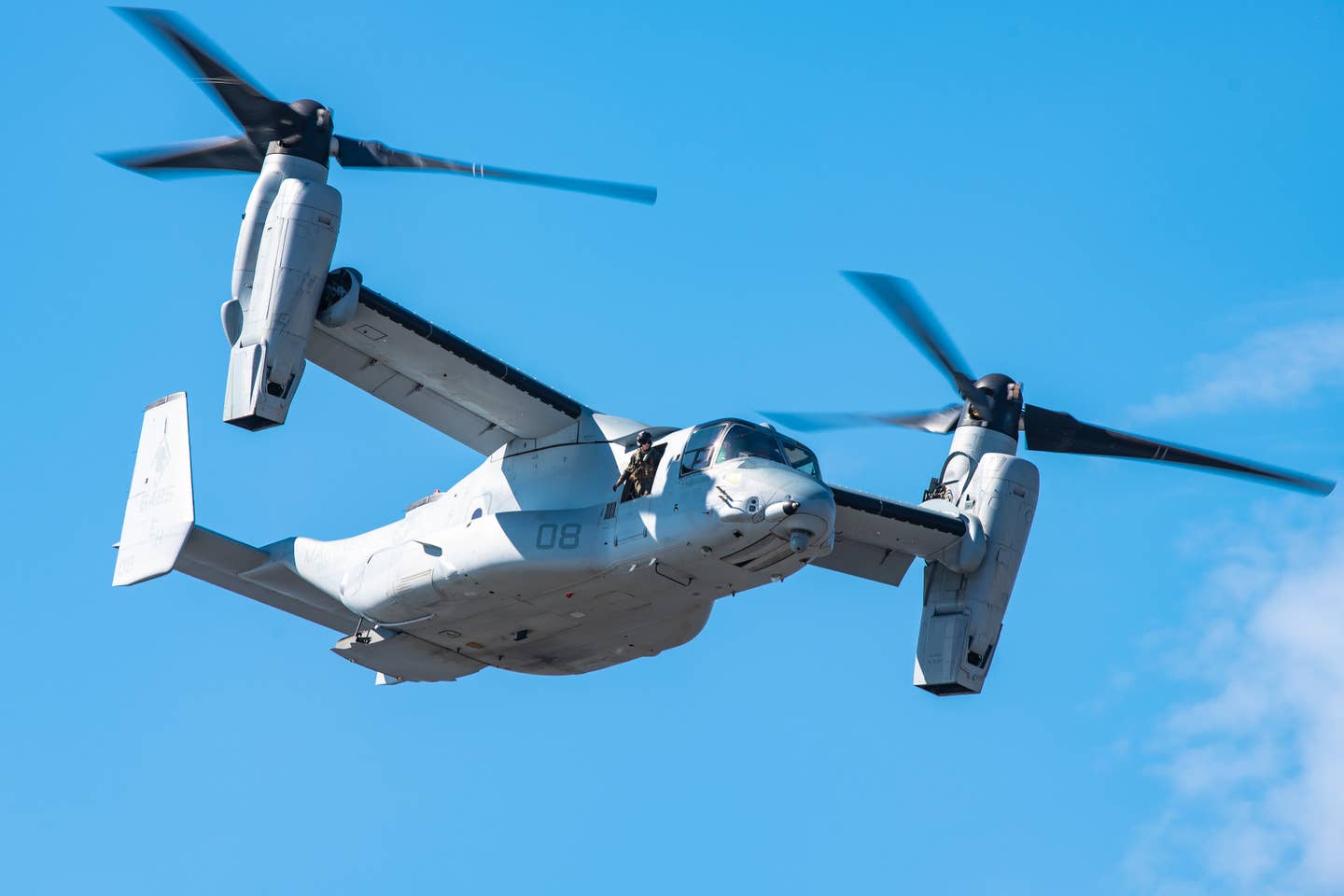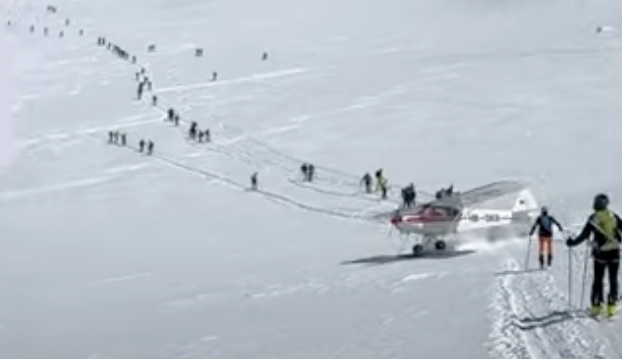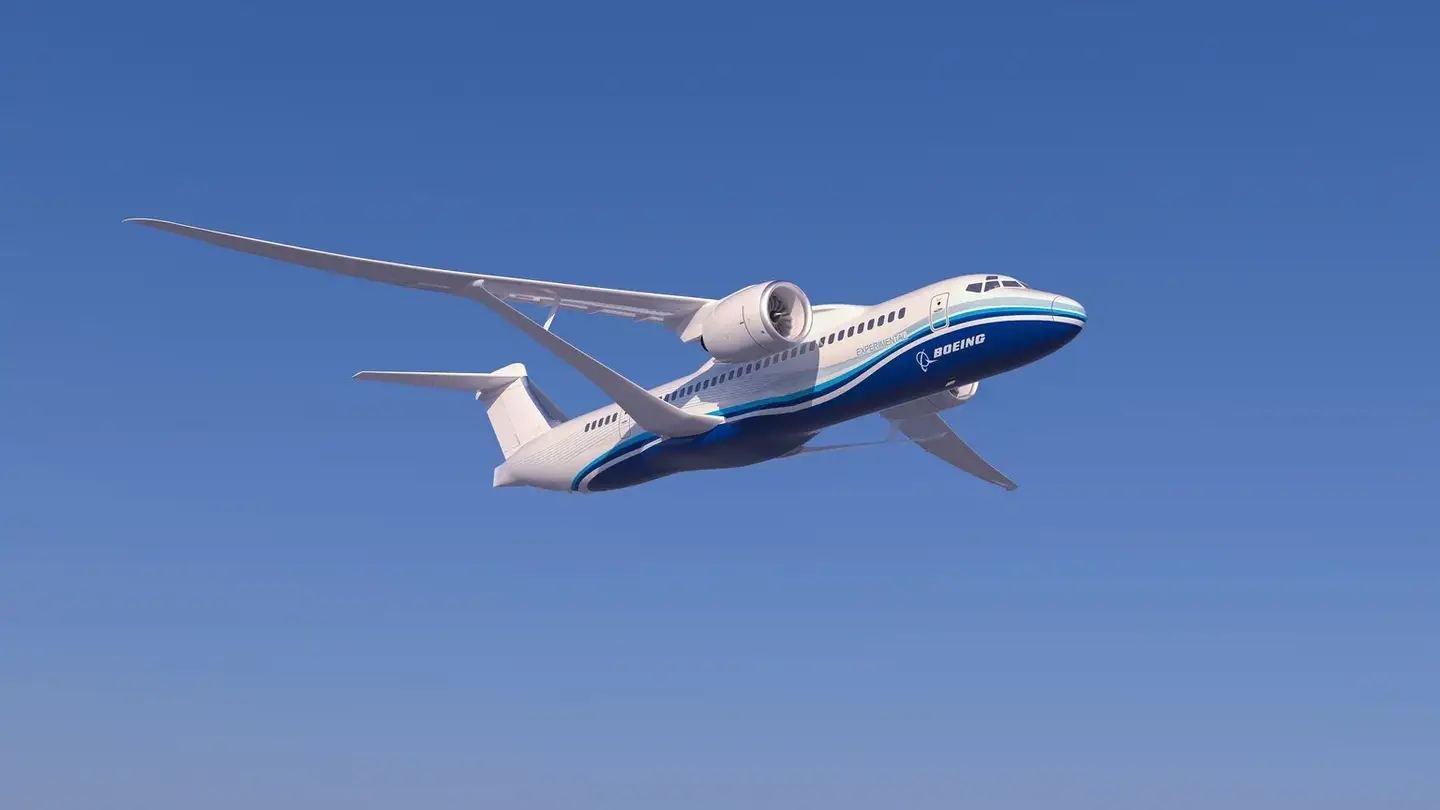Osprey Fleet Hits 500K Flight Hours
Together the more than 375 V-22 Osprey tiltrotor aircraft in service have logged in excess of 500,000 flight hours, according to maker Bell Boeing. The V-22 was begun in 1983,…

Together the more than 375 V-22 Osprey tiltrotor aircraft in service have logged in excess of 500,000 flight hours, according to maker Bell Boeing. The V-22 was begun in 1983, first flew in 1989, and was finally entered into service with the U.S. Marine Corp in 2007 as the MV-22B. The U.S. Air Force got its own version, the CV-22B, into service by 2009. The U.S. Navy will get its version next year.
“The V-22 provides unmatched capability for the U.S. Marines and U.S. Air Force Special Operations Command,” said U.S. Marine Corps Col. Matthew Kelly, V-22 Joint Program Manager. “The platform’s influence on our nation’s defense is seen through its extensive operational and humanitarian impact across the globe.”
“Since delivery of the first V-22 aircraft, Bell Boeing has ensured that our men and women in uniform have this indispensable asset available to protect heroes and save lives,” said Kristin Houston, vice president, Boeing Tiltrotor Programs and director, Bell Boeing V-22 Program.
Designed to replace aging large rotorcraft, the Osprey had a tumultuous development path with numerous setbacks, as well as concerns with cost within the Department of Defense that nearly led to the program’s cancellation. After a series of accidents, the V-22 was, by the early 2000s, again on the bubble, but a military “blue ribbon” panel recommended continuing the program, albeit with significant changes in the mission and training tactics for the Osprey. Original military planning envisioned a fleet of more than 650 Ospreys eventually.
According to Bell Boeing, it is “working with the V-22 program office on several efforts to improve V-22 readiness. The Marines’ Common Configuration Readiness and Modernization program (CC-RAM), the Air Force’s configuration reducing modification plan, and nacelle wiring and structure improvements are expected to increase readiness of the V-22 fleet.”
To carry 20,000 pounds of cargo and cruise at 240 knots, the V-22B needs a pair of Allison 6150-SHP turbines driving through three-blade rotors with a span of 38 feet. The ability to tilt the engine/rotor combination gives the Osprey the performance to lift off like a helicopter (albeit at reduced weight) and cruise significantly faster than the large rotary-wing craft it replaced.






